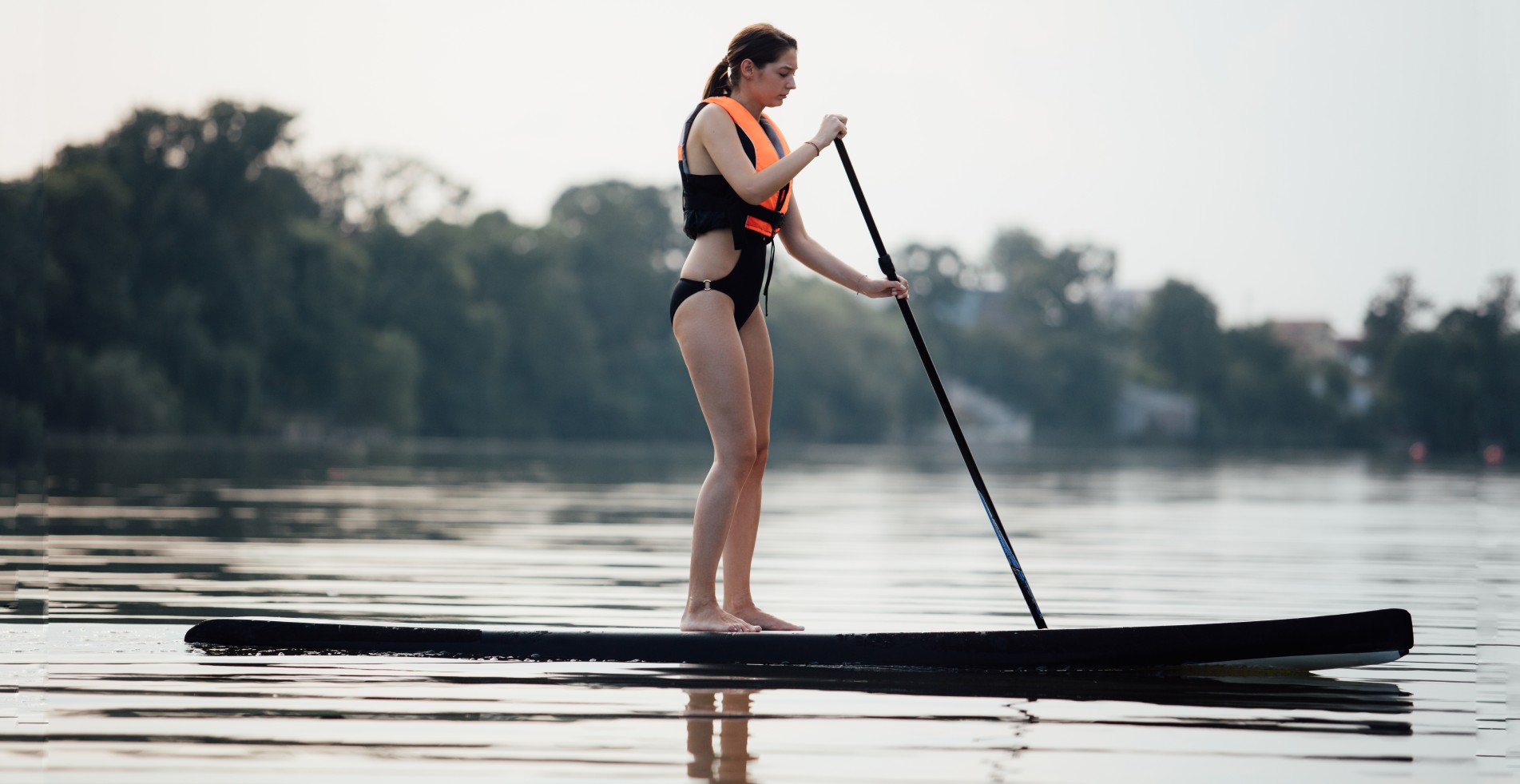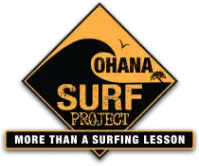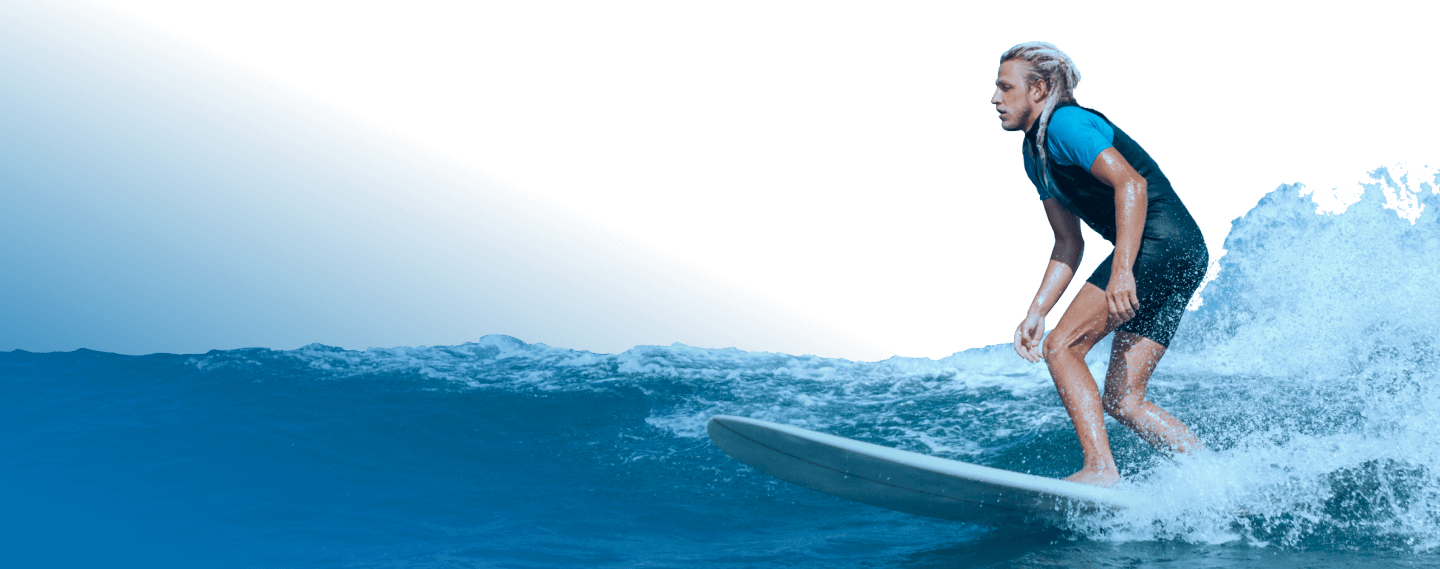Blog
Surfing In Hawaii: A Brief Overview And History
Surfing in Hawaii is an integral part of the state's culture and history. The sport has been practiced in Hawaii for centuries, with deep roots in Hawaiian culture and mythology. In this post, we'll provide a brief overview of surfing in Hawaii and its rich history.
The Origins of Surfing in Hawaii
Surfing, or “he'e nalu” in Hawaiian, has been a part of Hawaiian culture for centuries. According to Hawaiian mythology, surfing was introduced to the islands by the god of the sea, Kanaloa, and was initially reserved for the ruling class. The ancient Hawaiians used long, wooden boards called olo or alaia to ride the waves, and surfing was considered an important part of their social and religious practices.
The Revival of Surfing in Hawaii
In the 19th century, Hawaiian surfing experienced a revival thanks to the efforts of Hawaiian royalty and foreign visitors. King Kalakaua, who ruled Hawaii from 1874 to 1891, was a passionate surfer and helped to promote the sport both in Hawaii and abroad. In 1905, Hawaiian surfer George Freeth introduced surfing to California and helped to popularize the sport in the United States.
The Development of Modern Surfing
In the early 20th century, surfing in Hawaii continued to evolve, with surfers experimenting with new board designs and riding techniques. Duke Kahanamoku, a legendary Hawaiian surfer and Olympic swimmer, helped to popularize the sport in the 1920s and 1930s and is often credited with introducing the modern style of surfing. The introduction of foam and
fiberglass surfboards in the 1950s and 1960s helped to revolutionize the sport and make it more accessible to a wider range of people.
Famous Surf Spots in Hawaii
Hawaii is home to some of the world's most famous and iconic surf spots. The North Shore of Oahu is particularly renowned for its powerful and challenging waves, which attract surfers from around the world. Other popular surf spots in Hawaii include Waikiki Beach, Haleiwa, and Makaha Beach.
Surfing Culture in Hawaii
Surfing is deeply ingrained in Hawaiian culture, and many Hawaiians view it as a way of life rather than just a sport. Surfing is often accompanied by traditional Hawaiian music and dance, and many surfers participate in surf contests and festivals throughout the year. The surfing community in Hawaii is tight-knit and supportive, with a strong emphasis on respect for the ocean and the environment.
The Impact of Surfing on Hawaii
Surfing has had a significant impact on Hawaii's economy and tourism industry. The sport attracts millions of visitors to Hawaii each year and generates billions of dollars in revenue. Surfing has also had a profound cultural impact on Hawaii, helping to preserve and promote Hawaiian traditions and values.
The Influence of Hawaiian Surfers on the Sport
Hawaiian surfers have played a significant role in shaping the evolution of modern surfing. Many of the world's top surfers, such as Duke Kahanamoku, Eddie Aikau, and Gerry Lopez, hail from Hawaii and have helped to push the boundaries of what is possible on a surfboard. Hawaiian surfers have also played a major role in developing surf culture and fashion, influencing everything from surfboard design to surf-inspired clothing.
Challenges of Surfing in Hawaii
While Hawaii's waves are renowned for their power and beauty, they can also be incredibly dangerous. The size and strength of the waves, combined with the unpredictable ocean conditions, can pose a significant risk to even the most experienced surfers. Surfing in certain spots at certain times in Hawaii requires a high level of skill and experience, as well as respect for the ocean and its power.
Importance of Environmental Stewardship
Surfing in Hawaii is closely tied to the health and well-being of the ocean and its ecosystems. Many surfers in Hawaii are deeply committed to environmental stewardship, working to protect and preserve the ocean through initiatives like beach cleanups, marine conservation efforts, and sustainable surfing practices. As climate change and other environmental threats continue to impact Hawaii's ocean and coastline, the surfing community has an important role to play in protecting this precious resource.
Surfing as a Symbol of Hawaiian Identity
For many Hawaiians, surfing is much more than just a sport or a pastime – it is a symbol of their cultural heritage and identity. Surfing has helped to preserve and promote traditional Hawaiian values like respect for the land and ocean, a strong sense of community, and a deep connection to nature.
Surfing in Hawaii is a rich and vibrant part of the state's culture and history. From its ancient roots in Hawaiian mythology to its modern-day popularity as a global sport, surfing has played an important role in shaping Hawaii's identity and reputation as a world-class destination for surfers and beachgoers alike.





